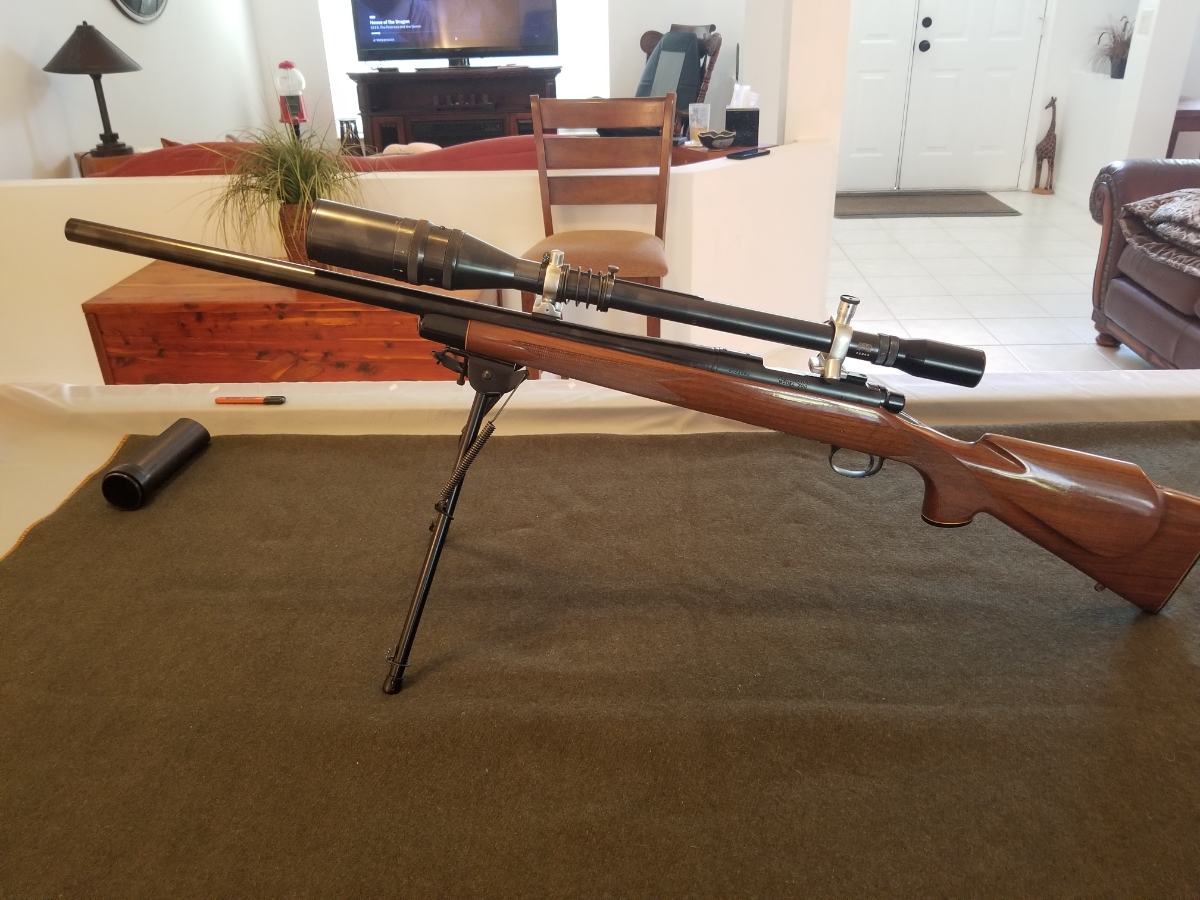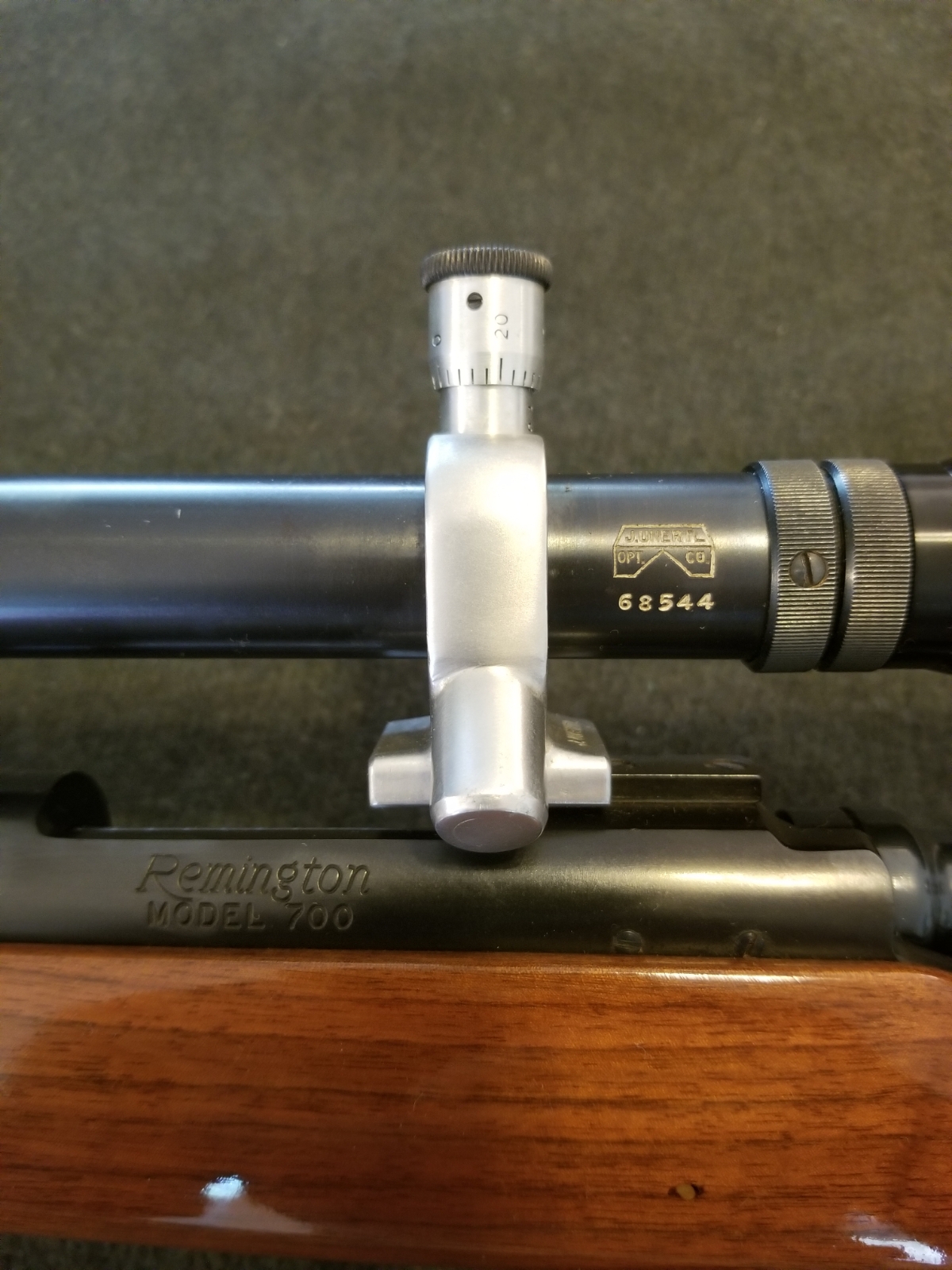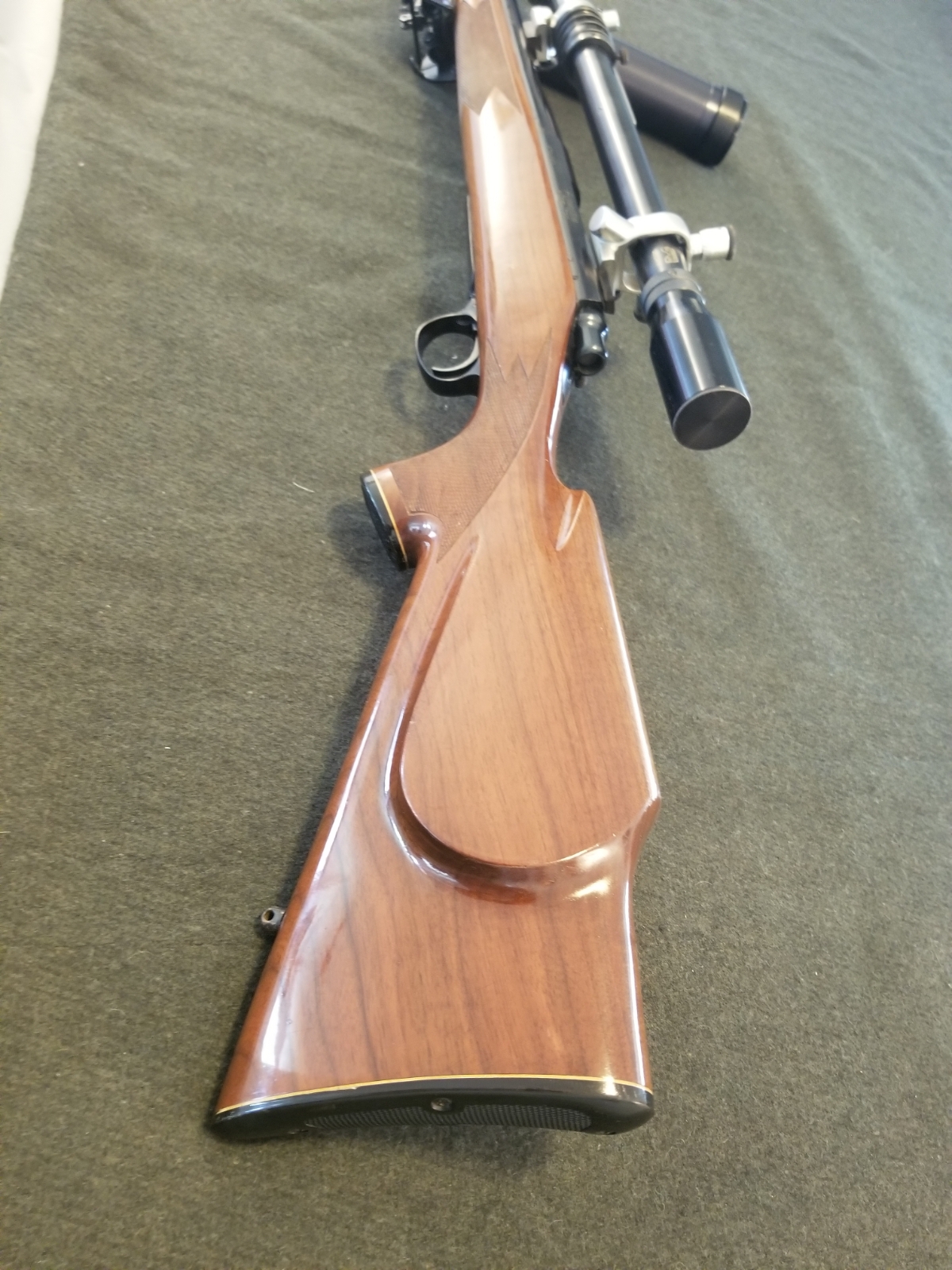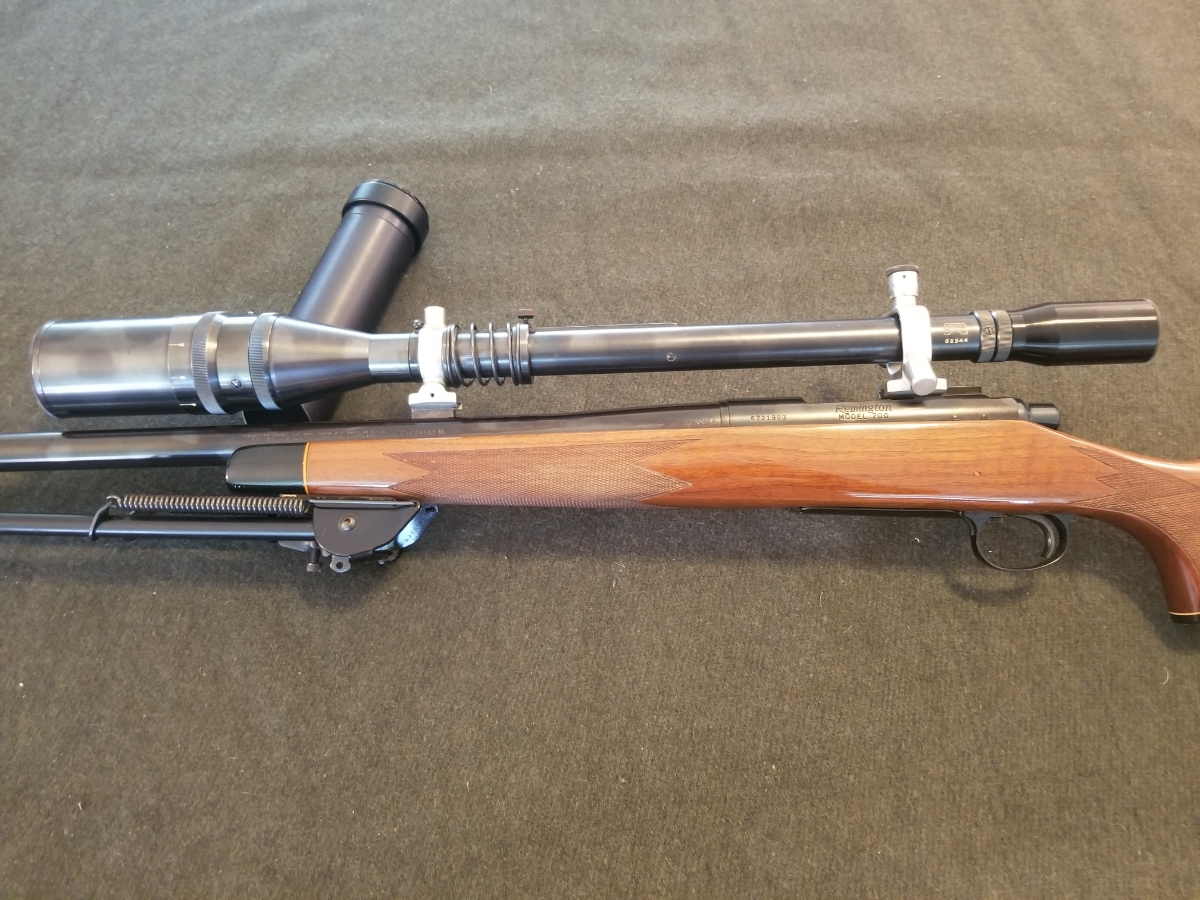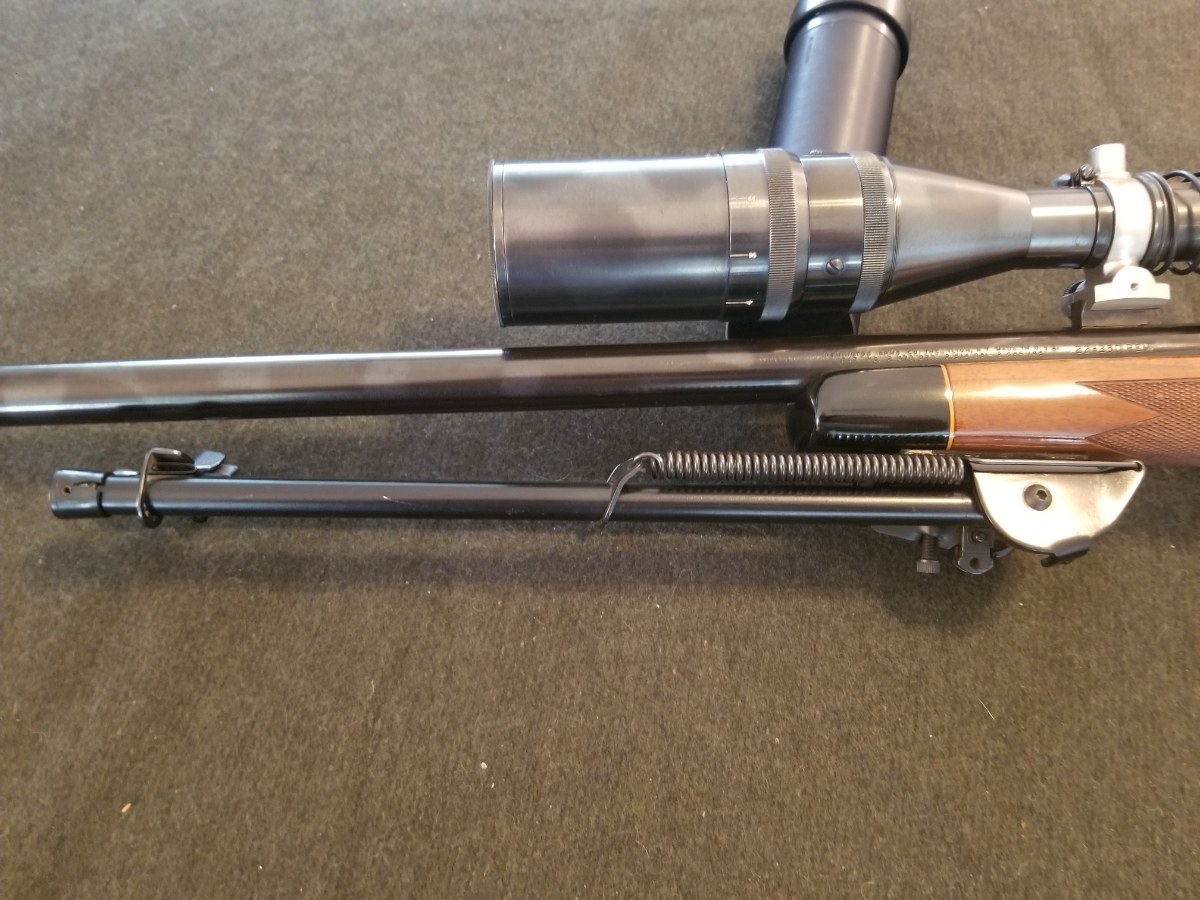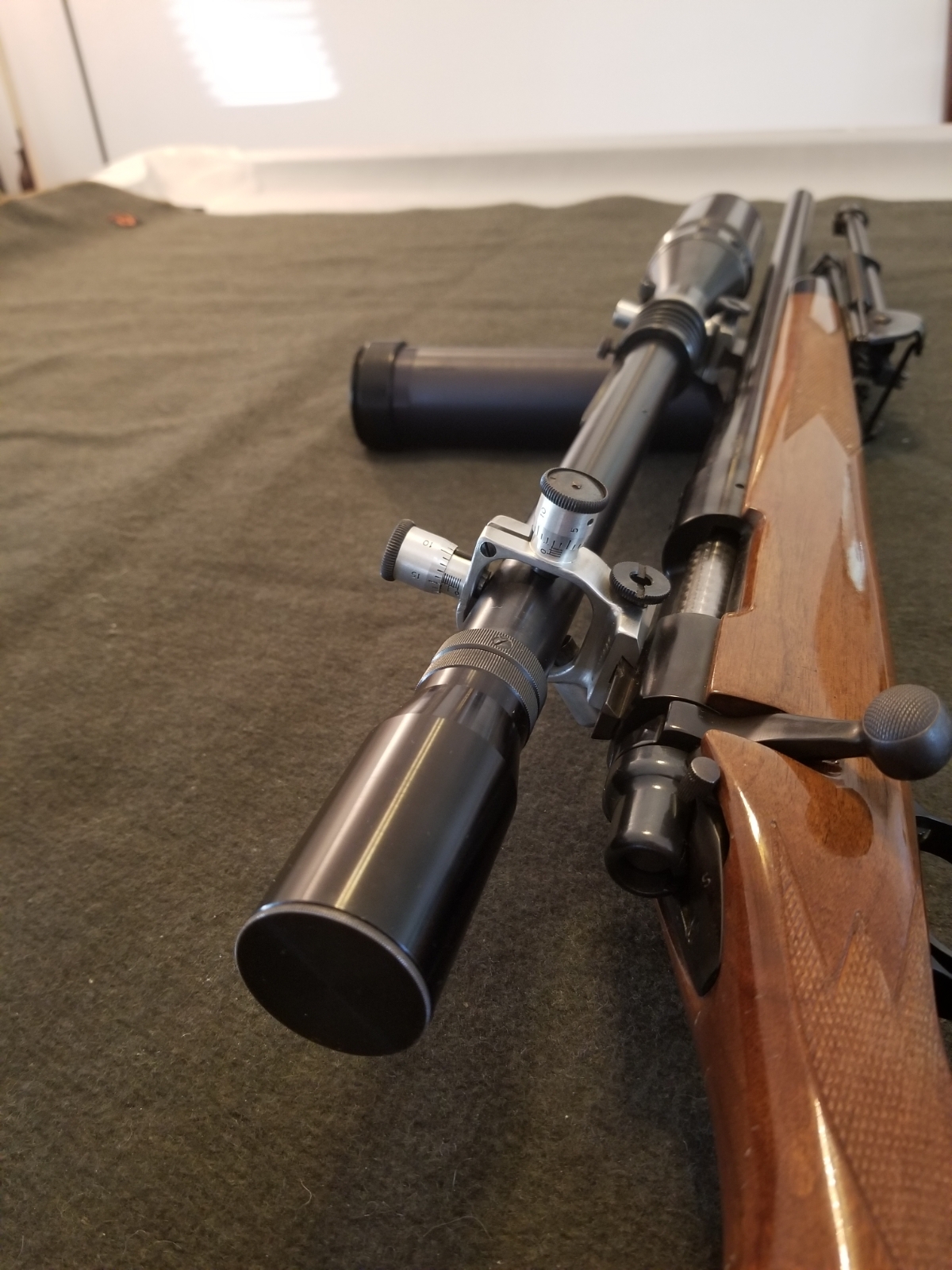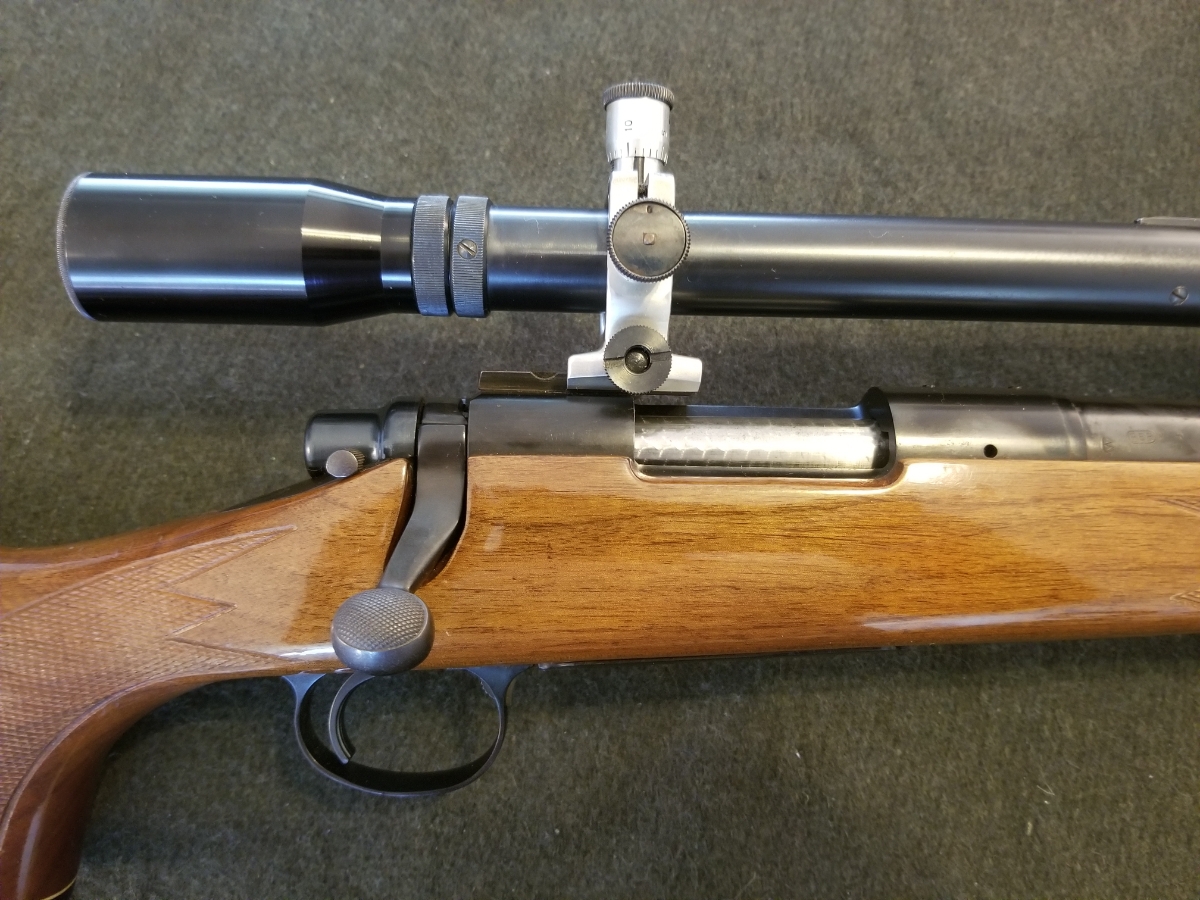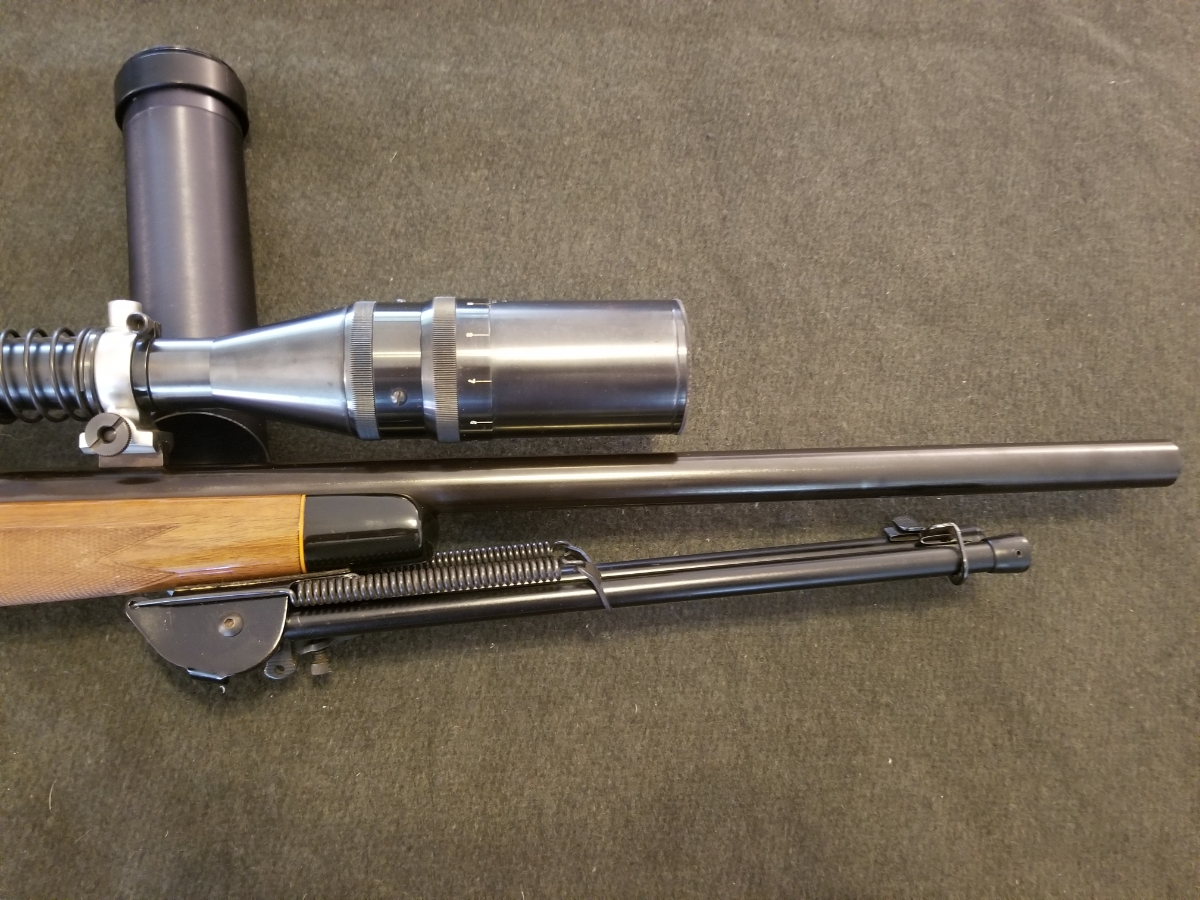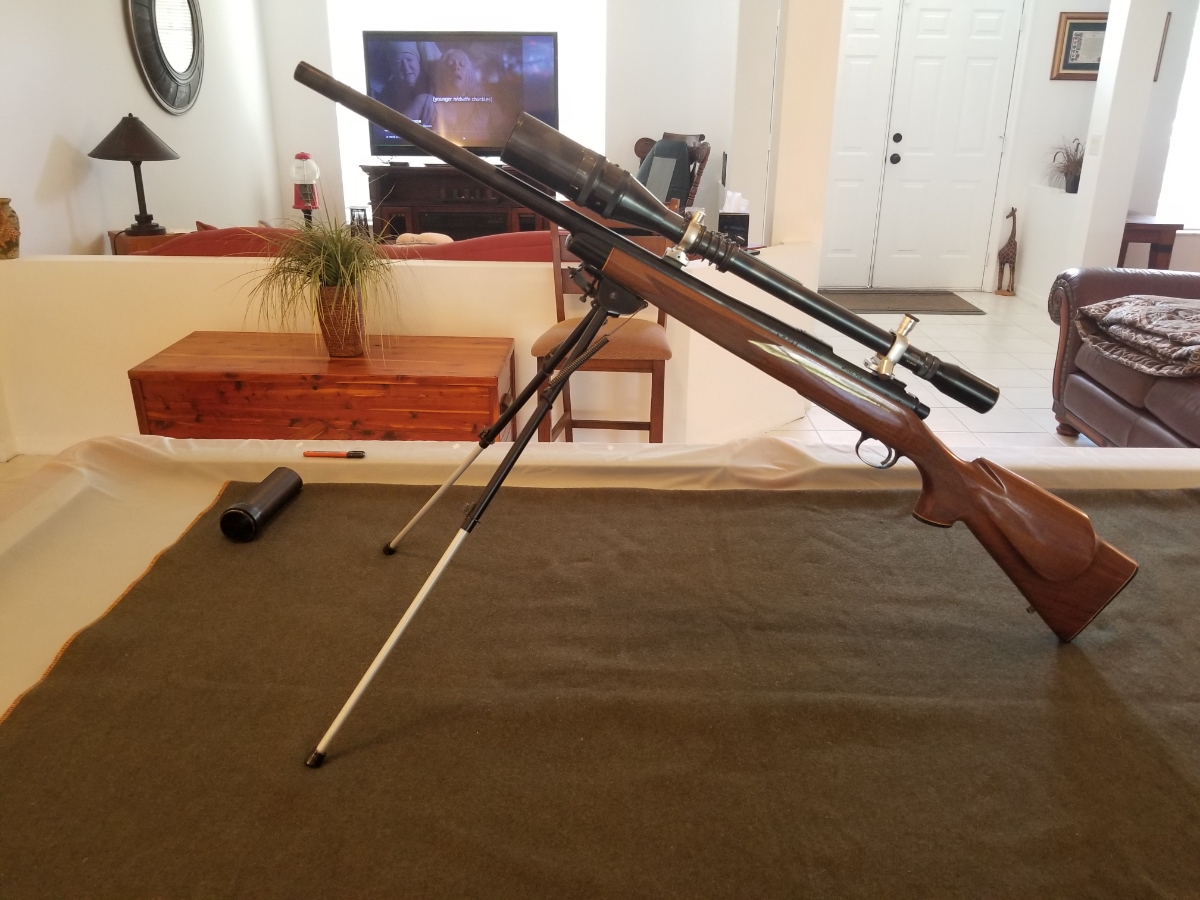
The 2014 WW2 film Fury was one of the finest war movies of the modern era. The narrative followed SSG Don “War Daddy” Collier and his tank crew through the final bitter days of the war in Europe. Crewing their M4A2 HVSS Sherman tank, Collier and his men explore such timeless concepts as fear, comradeship, sacrifice, and loss.

David Ayer directed the movie, and the end result was simply epic. The weapons and equipment were spot on, and the story arc fast paced, poignant, and cool. Fury is the only war movie since 1950 to utilize a genuine German PzKpfw VI Tiger I tank. The previous film was They Were Not Divided, and it featured the same Tiger 131.

Tiger 131 is maintained by the Bovington Tank Museum in Southern England and is the last operational PzKpfw VI in the world. Captured by the British in North Africa in 1942, Tiger 131 is an extraordinary piece of World War 2 history. I’ve run my hand across the side. It was pretty darn cool.

While the movie was indeed compelling, the man who actually inspired Don Collier’s character was all the more so. SSG Lafayette “War Daddy” Pool was a stone-cold warrior. SSG Pool was the most successful US tank commander of World War 2.
Origin Story

Lafayette Green Pool was born in 1919 in Odom, Texas, to John K. and Mary Lee Pool. His twin brother John Thomas joined the Navy and served in every major Pacific engagement from Pearl Harbor until the end of the war. Lafayette attended the Texas College of Arts and Industries and studied Engineering. At six foot two, he was also an accomplished amateur boxer, winning all 41 matches he fought. Pool even once held an exhibition match against famed heavyweight Joe Lewis.

In the summer of 1941 Pool left college and enlisted in the US Army. He was assigned to the 3d Armored Division and married Miss Evelyn Wright while on leave in December of 1942. Pool was known as an aggressive NCO. He refused a battlefield commission so he could stay close to the front, his men, and the action. His troops did indeed call him War Daddy.

SSG Lafayette Pool first entered combat on June 23, 1944, commanding an M4A1 Sherman tank. He was assigned to the 3d Platoon, Company I, 32d Armored Regiment, 3d Armored Division. Pool’s crew was quite the cast of characters.

In his own words, “My driver was PFC Wilbert Richards, five foot four at full attention. We called him “Baby”. He could have parallel parked that big Sherman in downtown New York in rush hour traffic.

“Then there was CPL Bert “School Boy” Close, seventeen years old, still with peach fuzz on his gentle face, co-driver, and machine gunner to the stars.

“T/5 Del Boggs, my loader, had been arrested on manslaughter charges. The court gave him the choice of prison or the military. What could we call him but “Jailbird?”

“CPL Willis Oller was my gunner. I often bragged that he could shoot the eyebrows off a gnat at 1500 yards with our seventy-six millimeter gun. He had seen every mile of the terrain we had liberated between Normandy and the Rhine through the sights of that big gun…The imprint of tanker’s goggles permanently stained his face. We never referred to him by any name but ‘Ground Hog’.”

Pool’s first tank, an M4A1, lasted all of six days in combat. On June 29, 1944, this Sherman was holed by a panzerfaust and written off. The crew escaped unharmed.

Pool’s second vehicle, an M4A1 (76)W, entered service on July 1st and was destroyed on August 17th. Pool was leading an assault into the French village of Fromental when he was mistakenly strafed by an Allied P38 Lightning fighter-bomber. The crew emerged unscathed, but the tank was a write-off.

Pool’s third mount, also an M4A1 (76)W, survived until September 19th of that year. Most accounts I found said it was engaged by a Panther. Pool later described the offending implement as an 88mm high-velocity flak gun. All three Shermans were marked with “In the Mood” across their hulls.
The Vehicles

The M4 Sherman was the most widely used American medium tank of the war. While German tanks were frequently markedly heavier and more formidable, the Sherman was reliable, ubiquitous, and fast.

Early Shermans sported a short-barreled 75mm M3 gun intended primarily for Infantry support. High explosive rounds for the M3 were exceptionally effective against soft-skinned targets. However, in tank-on-tank engagements, short-barreled Shermans were at a supreme disadvantage.

The answer was the M4A1 (76)W. This Sherman variant featured a 76mm T1 gun that was markedly more capable against enemy armor. Despite the similar bore diameter of these two guns the T1 fired a much larger projectile at a much higher velocity. However, the short-barreled M3 still enjoyed greater antipersonnel effects.

The larger T1 gun invariably created a prodigious dust signature on firing that would frequently obscure the gunner’s vision for subsequent shots. The new M1A2 gun featured a muzzle brake that redirected muzzle blast out the sides. Previous variants that lacked this brake were typically still threaded to accept it. These muzzle threads were covered with an obvious thread protector.


The M3 75mm short-barreled gun would penetrate 88mm of rolled homogenous armor (RHA) struck flat-on at 100 meters. The T1 76mm gun could defeat some 125mm of RHA under comparable conditions. In January of 1945 after fearsome tank losses during the Battle of the Bulge, General Eisenhower asked that no more 75mm Shermans be sent to the European theater.

The M26 Pershing heavy tank was developed late in the war and was a proper match for the German Panthers and Tigers. However, General Patton appreciated that a larger volume of the more reliable and more maneuverable Shermans would suit his offensive needs better than slower, more resource-intensive Pershing heavy tanks. While this decision was strategically sound, many a Sherman crew was subsequently lost to German armor overmatch.
The Engagement

On September 19, 1944, SSG Pool’s third “In the Mood” Sherman was riding the flanks of an assault on the Siegfried Line at Munsterbusch, Germany, to the Southwest of Aachen. In 81 days of intense combat, War Daddy had destroyed a dozen German tanks along with some 258 sundry armored vehicles and self-propelled guns in 21 separate engagements. They killed more than a thousand German troops and captured another 250. Pool and his crew were, therefore, due to rotate home for a war bond tour.

Pool later said he was claustrophobic and needed the unfettered visibility that came from being outside the vehicle. As such, even in battle he frequently hung half out of the commander’s cupola. He was in this position when the first shell struck the tank.

Whether the round was a high-velocity 75mm from a Panther or the dreaded 88mm round from the dual-purpose Flak 36 gun doesn’t really matter. The projectile failed to penetrate, but it did cause Pool’s driver to back the tank up in an effort at clearing the kill zone. As the Sherman teetered on the edge of a steep ditch the German crew hit Pool’s Sherman a second time.

War Daddy’s replacement gunner, PFC Paul King, was killed. Pool’s regular gunner, CPL Oller, had been transferred back to the States. The force of the blast blew SSG Pool out of the hatch and rendered him unconscious. A shell splinter split his leg along its length.

When he regained consciousness, Pool injected himself with morphine and started to amputate his own leg with his combat knife. However, support troops soon reached him and evacuated him back to a military hospital. His leg was so terribly mangled that it had to be surgically removed eight inches above the knee.
The Rest of the Story

After 22 months of rehab, SSG Pool was fitted with a prosthetic leg. He opened a gas station as well as several other businesses before re-enlisting under a program that allowed injured veterans to serve on active duty presuming they were not deployed to a combat zone. Lafayette Pool retired in 1960 at the rank of Chief Warrant Officer Two and went to work as a preacher making $25 per week. He died peacefully in his sleep in 1991 at age 71.

The following observations were taken from a paper Pool wrote while in business college. He never intended for these words to be published.
“We were the invincible arm of the Lord’s wrath. We were the battlefield inheritors of the mounted knights of old-Gawain and Galahad and Lancelot. We were the inheritors of their mantle of chivalry, as well. We were fighting a war we saw simply as good against evil.”

Upon finding that his original crew had survived he said, “Tears built up and rolled down my cheeks. I wept unashamedly. These were four men I was closer to than family. We had faced death repeatedly together. We had brought death to countless hundreds of our enemies who had sought to end our way of life. We had given the Nazis pure hell from the beaches of Normandy right to Hitler’s front yard.”

As is often the case, the real story was even more poignant and powerful than the movie.


























.gif)

.gif)
.gif)
.gif)
